What are the effects of antibiotic residues in foods?

Antibiotic residues refer to the presence of traces of antibiotics in food products, such as meats, dairy, eggs, and honey. These residues can come from…

Antibiotic residues refer to the presence of traces of antibiotics in food products, such as meats, dairy, eggs, and honey. These residues can come from…
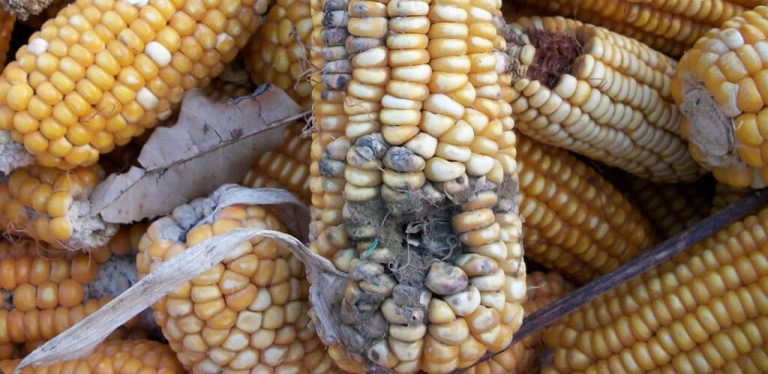
Aflatoxins are toxic compounds produced by certain strains of the fungus Aspergillus flavus and Aspergillus parasiticus. They can grow on a variety of crops, including…

There are many alternative protein sources that can be used as a replacement for traditional animal-based protein sources. Some examples include: Legumes: Legumes such as…
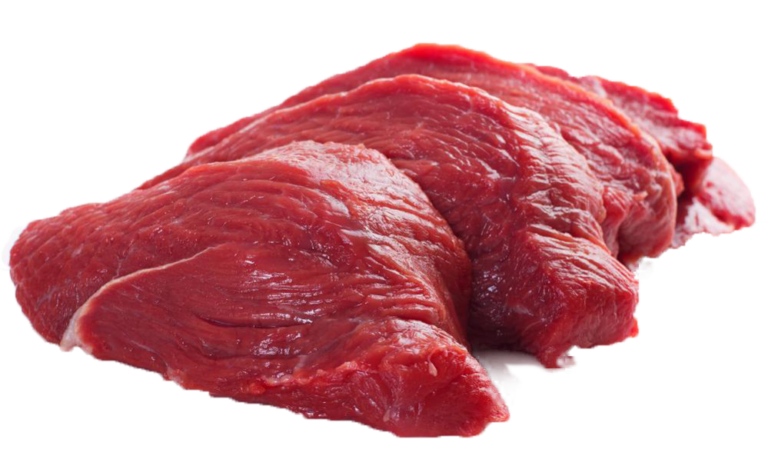
There are several ways of assuring food safety: Good Agricultural Practices (GAPs) and Good Manufacturing Practices (GMPs) are sets of guidelines for growing, harvesting, processing,…
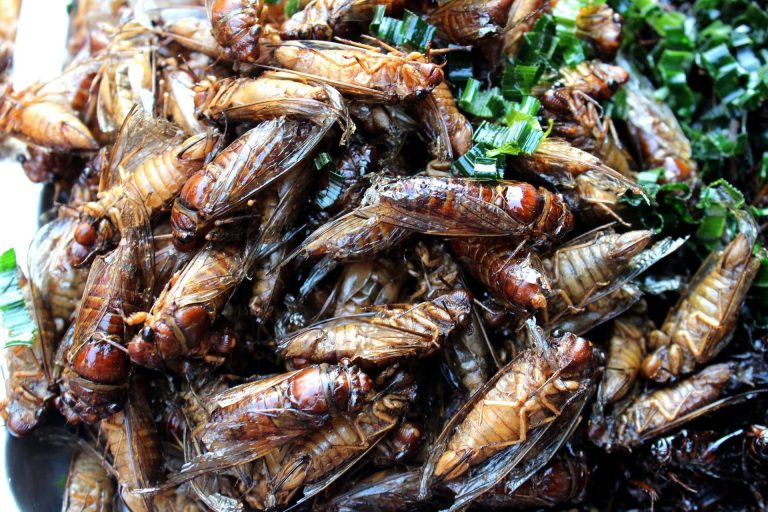
What are insects? All insects belong to the phylum Arthropoda. They usually have three pairs of jointed legs, segmented bodies, an exoskeleton, one pair of…
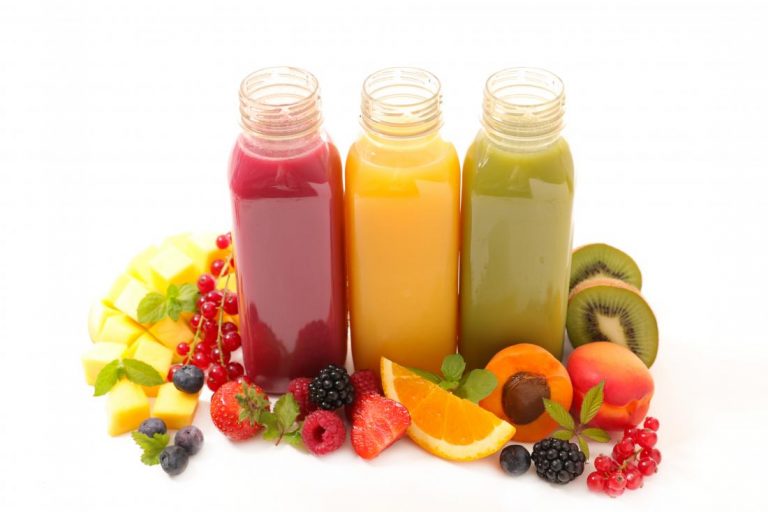
While fresh fruit drinks are cherished for their natural sweetness and health benefits, there’s a concerning aspect that demands attention – the possibility of toxic…
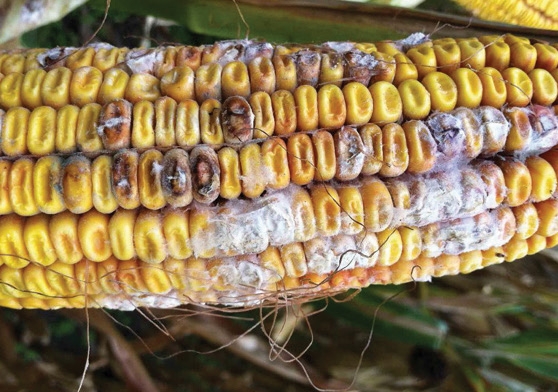
Mycotoxins are toxic chemical compounds produced by certain types of fungi. These fungi commonly grow on various agricultural crops, particularly on grains such as maize…
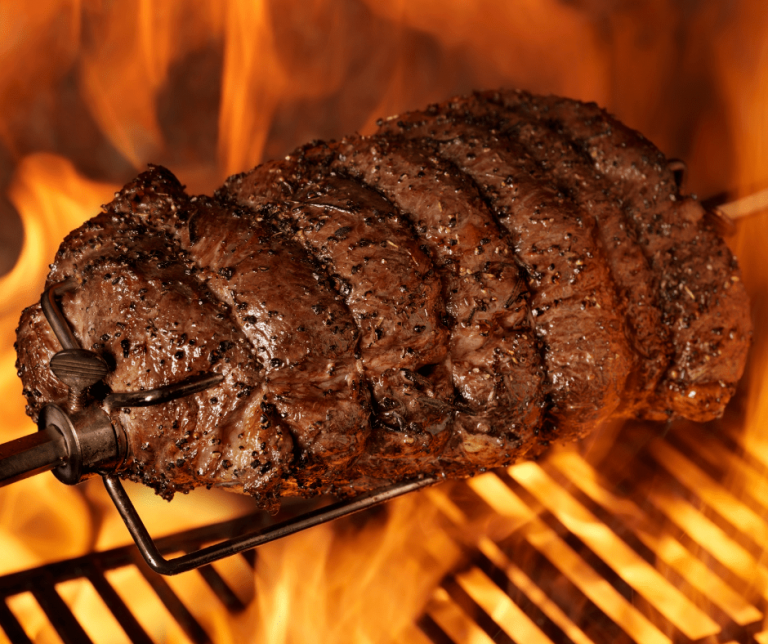
What is roasting Roasting is one of the oldest methods of cooking food. Many food are roasted including coffee and meat. Roasting is a heat…

A gluten-free diet is a dietary approach that involves excluding gluten, a protein found in wheat, barley, rye, and their derivatives, from the food you…
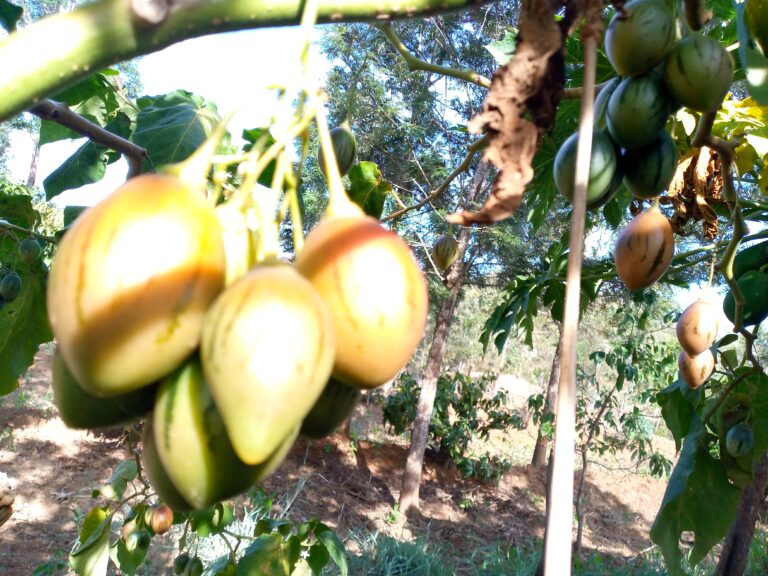
Solanum betaceum, commonly referred to as tree tomato fruit is scantly grown in Kenya and is mostly used as fresh fruit or blended to make…